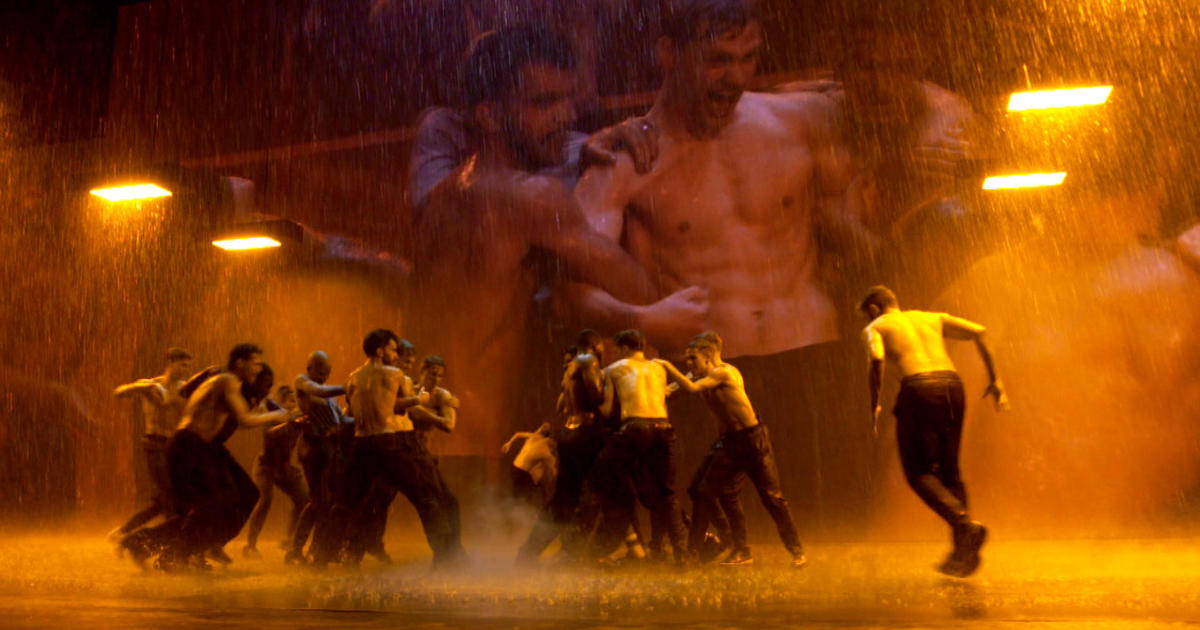

SIXTY MINUTES SUGAR STORY SERIES
Wallace's role remained consistent as the crusading detective, played, as the series began, opposite Harry Reasoner's calm, analytical and introspective persona.

Through it all Hewitt remained sensitive to balancing the series at any one time with varying casts. In the 1970s certain correspondents seemed to speak for a public under siege by institutional greed and deceit.

A confrontational style of journalism, pioneered by Mike Wallace, grew and was embraced by a more confrontational society. The 60 Minutes correspondents narrated and focused these "mini-dramas." Several of the show's journalists had established positions as personalities before 60 Minutes, but with the program's growing success and significance, the correspondents reached international celebrity status, becoming crusaders, detectives, sensitive and introspective guides through social turmoil, and insightful probers of the human psyche. Although the series profiled celebrities, politicians, and popular or well-known people in numerous fields, the stress on personality meant that a human being would be positioned in the story in a manner inviting the public to "identify with" or "stand against." Audiences must experience stories in the pit of their stomach, the narrative must take the viewer by the throat, and, noted Hewitt, when a segment is over it's not significant what they have been told-"only what they remember of what you tell them." Hewitt predicted high ratings if 60 Minutes packaged stories, not news items, as "attractively as Hollywood packages fiction." Such stories require drama, a simplified structure, a narrative maximizing conflict, a quick editing pace, and issues filtered through personalities. His blunt statements suggesting that success depends on marketing, and his continuous refinements of the product often generated controversy. But in the early 1970s the CBS News Division sought a more engaging weekly documentary form.Īlmost three decades later Hewitt flippantly claimed 60 Minutes destroyed television by equating news with the profit motive news organizations sought money in magazine and entertainment news programs, reducing their long-standing, and expensive, commitments to breaking news. In today's competitive environment, where "unsuccessful" programs are quickly removed from the schedule, the series would not remain on the air. Its ratings were very low according to industry standards, although slightly higher than those of CBS Reports when aired in the same time slot, but critical response remained positive.

Yet, by the Spring of 1993 the series success was so established within the history of network programming that CBS and 60 Minutes had competition from six other prime-time magazine programs.įrom September 1966 through December 1975, network management shifted the scheduling position of 60 Minutes seven times. CBS proclaimed the ground-breaking potential of this magazine form, announcing that no existing phrase could describe the series' configuration, and that any attempt to gauge (or predict) demographic appeal based on comparisons with traditional public affairs programming was a limited prospect. Hewitt's direction remained flexible and uncertain, with design for the program possibly including any number of "pages" and "chapters" lasting one to twenty minutes, and spanning breaking news, commentary, satire, interviews with politicians and celebrities, feature stories, and letters to the editor. Bill Leonard, CBS vice president for News Programming, supported the new concept, but Richard Salant, president of the News Division, argued it countered that unit's commitment to the longer form and risked taking the hard edge off television journalism. 60 Minutes was born, then, in an environment of management tension and initial ambiguity regarding its form. In 1967 Don Hewitt conceived of his new program, 60 Minutes, as a strategy for addressing issues given insufficient time for analysis in two minutes of the Evening News but not deemed significant enough to justify an hour-long documentary.


 0 kommentar(er)
0 kommentar(er)
